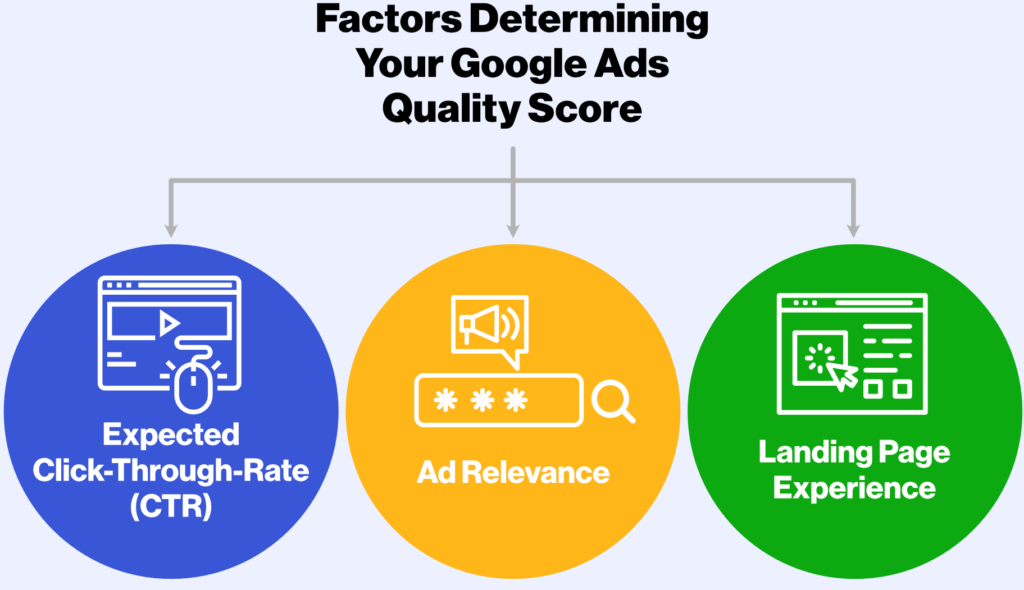Boosting Conversions: Tips and Tricks for Generating More Phone Calls through Google Ads
Are you ready to supercharge your Google Ads strategy and boost conversions like never before? In today’s digital age, where every click counts, leveraging the power of phone calls is a game-changer for businesses looking to drive results. Dive into our ultimate guide on generating more phone calls through Google Ads and watch your conversion rates soar!
Why Phone Calls Matter for Conversions
Phone calls are a powerful tool for businesses looking to boost conversions. Unlike website clicks, phone calls offer direct interaction with potential customers, allowing for personalized communication and the opportunity to address specific needs or concerns.
When a customer takes the time to pick up the phone and call, it shows a higher level of interest and intent compared to other forms of engagement. These leads are often more qualified and likely to convert into sales.
Phone calls provide a human touch point in an increasingly digital world. By speaking directly with customers over the phone, businesses can build trust, answer questions in real-time, and guide prospects through the purchasing process more effectively than text-based interactions.
Incorporating phone calls into your conversion strategy can lead to higher quality leads, increased customer satisfaction, and ultimately drive business growth.
Understanding Call Extensions in Google Ads
Google Ads is a powerful tool for businesses looking to boost their online presence. One key feature that can help drive conversions is call extensions. These extensions allow you to include your phone number directly in your ad, making it easier for potential customers to contact you with just a click.
By utilizing call extensions, you can make it convenient for users who prefer speaking over the phone rather than filling out forms or sending emails. This direct line of communication can lead to more immediate inquiries and ultimately more conversions for your business.
When setting up call extensions, be sure to track and analyze the performance data. Understanding which ads are driving the most phone calls can help you optimize your strategy and allocate resources effectively.
Incorporating call extensions into your Google Ads campaigns can enhance the user experience and increase engagement with your target audience. Stay tuned for more tips on maximizing phone calls from Google Ads!
Utilizing Click-to-Call Ads
Are you making the most out of your Google Ads strategy? One powerful tool that can help drive conversions is utilizing Google call Ads. These ads enable potential customers to contact your business directly with just a simple tap on their mobile devices. By incorporating this feature into your campaigns, you’re providing a seamless and convenient way for users to connect with your business in real-time.
Google call Ads are particularly effective for businesses that rely on phone inquiries or consultations as part of their sales process. By making it easy for customers to initiate a call with your company, you’re streamlining the path to conversion and increasing the likelihood of closing a deal. Plus, these ads cater well to consumers who prefer immediate assistance or have urgent queries that require instant answers.
When setting up Google Call Ads, ensure that they are prominently displayed across relevant search results and target audiences effectively. This will increase visibility and encourage more click-through from interested prospects looking to engage with your business over the phone. By leveraging Click-to-Call Ads strategically in your Google Ads campaigns, you can enhance customer experience, boost conversions, and drive tangible results for your business’s bottom line.
Optimizing Ad Copy for Phone Calls
Crafting compelling ad copy is essential when aiming to drive phone calls through Google Ads. To optimize your ad copy for phone calls, focus on highlighting the benefits of contacting your business directly. Use strong and clear call-to-action phrases that encourage users to pick up the phone, such as “Call Now” or “Speak with an Expert.” Incorporate keywords related to phone inquiries to attract users looking specifically for this type of interaction.
Furthermore, emphasize any promotions or exclusive deals available only through a phone call to incentivize potential customers. Make sure your ad copy is concise yet informative, providing enough details to pique interest without overwhelming the reader. A sense of urgency can also be effective in prompting immediate action – consider adding phrases like “Limited Time Offer” or “Don’t Miss Out.”
Remember, the goal is not just to drive traffic but to generate quality leads through phone calls. By fine-tuning your ad copy with a focus on encouraging direct communication, you can increase the likelihood of conversions and grow your business effectively.
Setting up Call Tracking and Measuring Success
Setting up call tracking in Google Ads is crucial for measuring the success of your phone call conversions. By implementing unique phone numbers in your ads, you can track which campaigns are driving the most calls to your business. This data allows you to optimize your ad strategy and allocate budget where it generates the highest return on investment.
Measuring success goes beyond just counting the number of calls received; it involves analyzing call duration, caller location, and even the outcome of each conversation. With this information at hand, businesses can gain valuable insights into customer behavior and preferences.
Utilizing call tracking tools like Google Ads’ built-in features or third-party software ensures accurate attribution of phone call leads back to specific ads. This level of detail empowers businesses to make informed decisions based on real-time data, ultimately maximizing their advertising efforts and increasing conversions.
Conclusion: The Power of Phone Calls in Driving Conversions and Business Success
Phone calls from Google Ads play a crucial role in driving conversions and ultimately, business success. By leveraging call extensions, click-to-call ads, optimizing ad copy for phone calls, and setting up call tracking to measure success, businesses can maximize the potential of generating more leads through phone conversations. Incorporating these strategies not only enhances the user experience but also increases the chances of converting leads into customers.
In today’s digital age where instant communication is key, offering prospects the option to connect with your business via phone can significantly impact conversion rates. As businesses continue to adapt and evolve their marketing strategies, focusing on generating phone calls through Google Ads remains a valuable tactic that should not be overlooked. Embrace the power of phone calls in your advertising efforts and watch as your conversions soar, propelling your business towards greater success.








